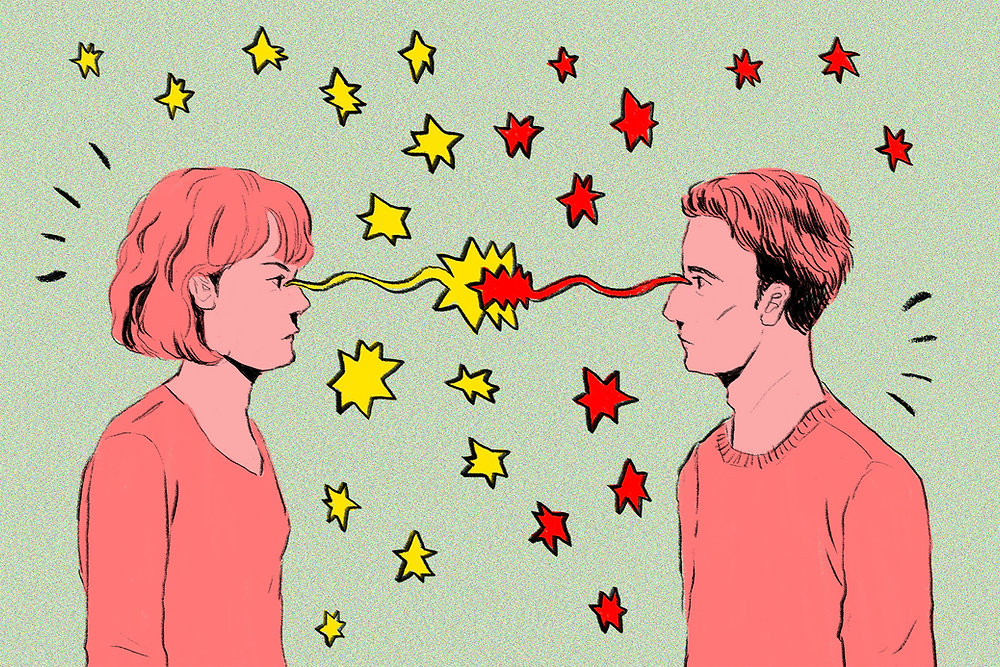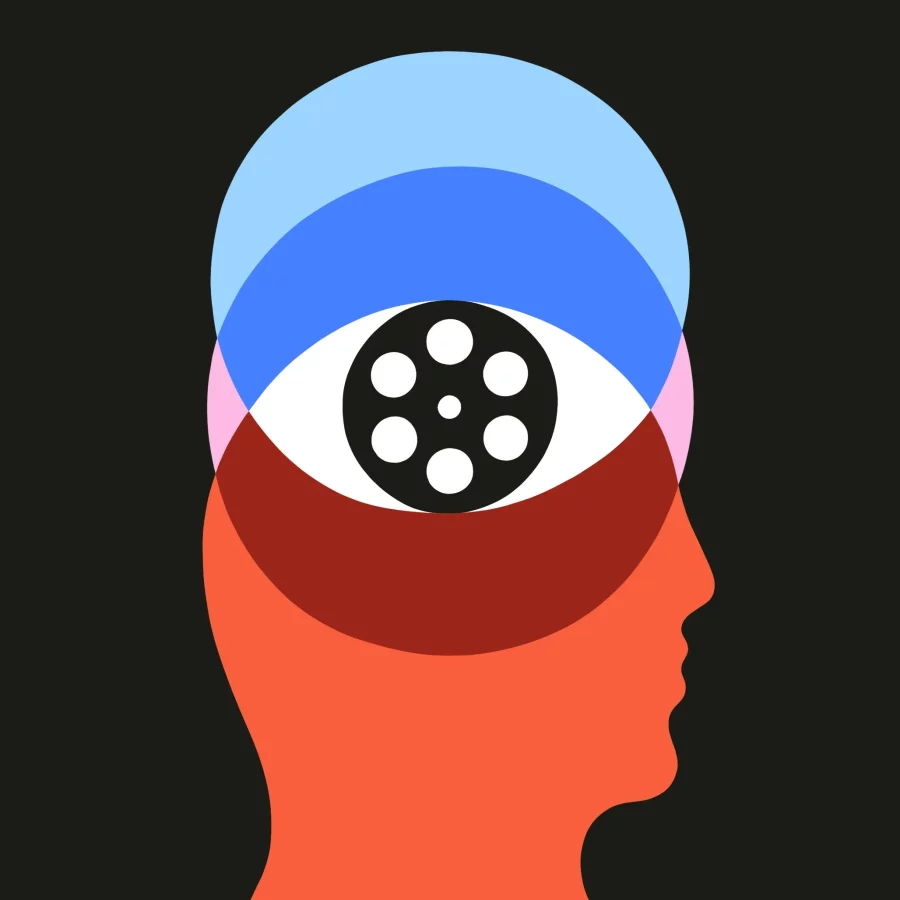What is the male gaze
The term “male gaze” describes how the world and women are portrayed from a heterosexual, masculine viewpoint in literature, visual arts, and media. The term, which was first used by feminist film critic Laura Mulvey, implies that a lot of visual narratives are written with heterosexual men in mind and are therefore objectifying and sexualizing women while frequently portraying them as the male protagonist or viewer’s object of desire. This idea draws attention to the power dynamics at play in representation, since women are frequently constructed and portrayed to serve the interests of men, hence influencing norms and attitudes within society.

How does the male gaze influence the portrayal of women in advertising and marketing?
Because it frequently objectsifies and sexualizes women in order to appeal to male consumers, the male gaze has a considerable impact on how women are portrayed in marketing and advertising. In order to increase the attraction of a product, advertisements usually use tales and imagery that conform to traditional gender roles, portraying women as accessories or objects of desire. This representation frequently emphasises physical appearance, which feeds into preconceived notions and restrictive ideals of beauty. In addition, the male gaze in marketing and advertising favours the masculine viewpoint, reinforcing gendered norms and uneven power relations between the sexes.

How does the male gaze shape the narrative and storytelling in various forms of media?
The male gaze, which emphasises the experiences, goals, and viewpoints of heterosexual men, has a profound impact on media narrative and storytelling. This lens frequently presents female characters as objects of desire, love interests, or supporting figures to the male protagonist in order to satisfy the expectations and desires of the male audience. The depth and complexity of women’s depiction can be undermined by this method, which often presents women via a male-centric lens and reinforces gender stereotypes and unequal power dynamics. Furthermore, the male gaze’s pervasiveness might restrict the range of genuine and varied ways that women’s experiences and viewpoints are told in various media.
ŌĆ£And as a woman, even when you’re just looking in the mirror, you’re looking at yourself in the way that a man would see you. It’s not you looking at you, it’s you looking at your objectified self.ŌĆØ
Margaret Atwood, 1993 novel ŌĆ£The Robber Bride.ŌĆØ
What role does the male gaze play in reinforcing gender stereotypes and roles in society?
The male gaze shapes our beliefs about how men and women should act and look, reinforcing fixed ideas about gender roles. It shows women as objects of desire, mostly for male pleasure, in things like media and art. This portrayal affects how people view and act within society by promoting traditional gender norms, where men are strong and women are passive. This might limit different ways people express their gender, impacting how they engage with society.

Are there examples of media challenging or subverting the male gaze, and what impact do these portrayals have?
Yes, there are instances in television, film, and other media that challenge the conventional portrayal of women. They challenge the stereotype that women are only objects of desire by giving them greater, more meaningful roles. These representations challenge our preconceived notions of gender roles by demonstrating the diversity of women and their potential. They support women’s emancipation and inspire us to adopt fresh, inclusive perspectives on gender.


Your exploration of the male gaze’s impact on the media and society is great! Explaining the concept from the beginning and how it affects the advertising industry and the societal gender norms shows you understand the topic. I really liked how you included Margaret Atwood’s poignant quote, it added such a great touch!
Amazing work!
I was struck by your quote from The Robber Bride. I think a lot of girls themselves don’t realize that they see themselves in the same way that men see women. In today’s society, we also objectify ourselves. It’s made me even fall into self-doubt. To cut to the chase, in many traditional views, guys are meant to go out and work to earn money, while a woman’s duty is to be a housewife at home. As if washing clothes and cooking is a woman’s vocation, this is a very common stereotype that is surprisingly shared by women even when they speak up for it. The male voice relies on a patriarchal society that is deeply entrenched. On top of that, there is a certain plot that is common in Hollywood films: a man and woman are alone, the man wants to make out, at first the woman says NO, then the man persists, and in the end the woman is satisfied. This kind of plot has appeared many times in different films, and because it is “common”, it has become “normal”, so it forms “common sense” in men’s thinking, namely “When a woman says no, it means yes!”. This male discursive power, conveyed through the film, overshadows women’s voices of protest or cries for help.